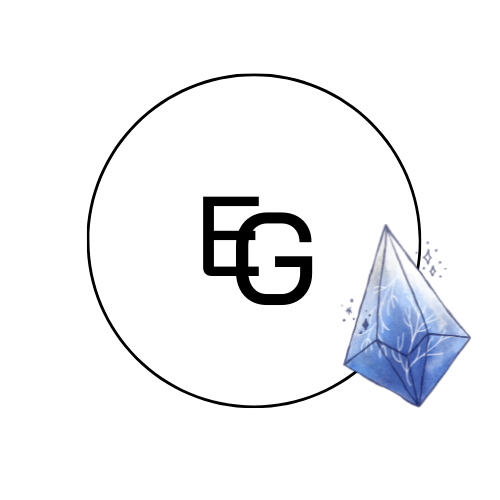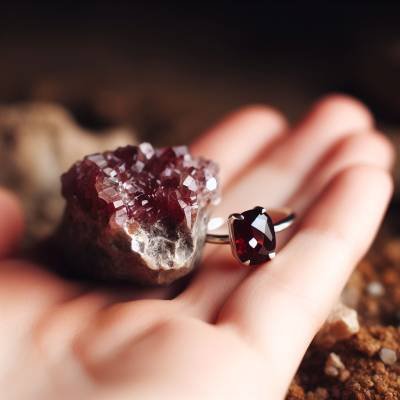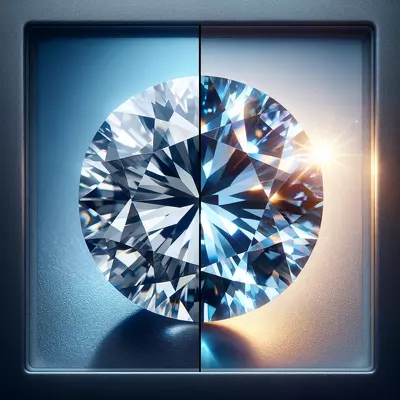Aquamarine and Bloodstone: The Enchanting Birthstones for the Month of March and Their Hidden Meanings
March, a month symbolizing the transition from winter to spring, harbors unique gems that reflect its essence. These birthstones, known for their captivating colors and historical significance, offer more than just aesthetic value. They carry a rich history, embodying both cultural beliefs and personal sentiments. This month’s stones are not only treasures of nature but also hold a special place in the hearts of those born in March.
I. Introduction to Birthstones for the Month of March
A. Historical Background
The story of birthstones, a tradition with roots extending back to ancient civilizations, is as colorful and varied as the stones themselves. Specifically for March, the birthstones have a unique historical journey. Initially, these gems were believed to possess powers and were linked with the zodiac. Over time, the concept evolved, leading to the assignment of specific stones to birth months, giving each month its unique gem.
B. Significance in Various Cultures
In various cultures, March birthstones have been revered not only for their beauty but also for their supposed mystical and healing properties. Different civilizations have attributed unique meanings and uses to these stones, from being a symbol of protection in battle to an aid in meditation and spiritual enlightenment.
II. The Primary March Birthstones
A. Aquamarine: Characteristics and Symbolism
Aquamarine, known for its serene blue hues reminiscent of the sea, is the primary birthstone of March. This gemstone is believed to symbolize tranquility, clarity, and harmony. In ancient lore, aquamarine was thought to be the treasure of mermaids and was used by sailors as a talisman for good luck and protection.
B. Bloodstone: Features and Historical Relevance
Bloodstone, another March birthstone, presents a striking appearance with its deep green color dotted with red spots. Historically, it was considered a powerful healing stone, with the red spots representing the blood of Christ in Christian lore. It has been used in various cultures for its believed properties of enhancing strength and vitality.
III. Complementary Gemstones
A. Matching Gemstones for Aquamarine
When pairing aquamarine with other gemstones, choices that complement its cool tones are ideal. Gems like moonstone, blue sapphire, and white topaz can harmonize well, creating a balanced and aesthetically pleasing ensemble.
B. Suitable Pairings for Bloodstone
For bloodstone, complementary gems often include those with warm tones or earthy colors. Stones like garnet, jasper, and tiger’s eye can accentuate the unique characteristics of bloodstone, making for striking and meaningful combinations.
IV. Uses and Styling Tips
A. Home Decor Incorporating March Birthstones
March birthstones can be integrated into home decor to create a peaceful and aesthetically pleasing environment. Aquamarine elements can bring a sense of calm and serenity, while bloodstone accents can add a touch of boldness and energy. From decorative pieces like vases and bowls to incorporated elements in wall art or tabletops, these stones can enhance the ambiance of any space.
B. Fashion Tips: Wearing March Birthstones
In fashion, incorporating March birthstones into jewelry and accessories can add both elegance and personal significance. Aquamarine pieces pair beautifully with light, airy fabrics and colors, giving a fresh, spring-like feel. Bloodstone accessories, on the other hand, can make a strong statement and work well with bolder, more earth-toned attire. Whether in rings, necklaces, or bracelets, these gems offer a unique way to celebrate one’s birth month.
V. FAQs
Q: What are the two birthstones for March?
A: The two birthstones for March are Aquamarine and Bloodstone.
Q: Is March the only month with two birthstones?
A: No, several other months also have more than one birthstone, offering a variety of choices for those born in those months.
Q: What is the modern birthstone for the month of March?
A: The modern birthstone for March is Aquamarine, known for its beautiful sea-blue colors.
Q: What is the birth color for March?
A: The birth color for March is typically associated with light blue, reflecting the color of the Aquamarine stone.
Q: Are there any special powers attributed to March birthstones?
A: Historically, both Aquamarine and Bloodstone were believed to have special powers, such as protecting sailors and enhancing health and strength.
Q: Can anyone wear March birthstones or only those born in March?
A: While these stones hold particular significance for those born in March, anyone can wear them and enjoy their beauty and purported properties.
Q: How can I care for my March birthstone jewelry?
A: Both Aquamarine and Bloodstone should be cleaned with mild soap and water and protected from harsh chemicals and extreme temperatures to maintain their luster and color.
VI. Conclusion
A. The Personal Connection
Birthstones, especially those for March, offer more than just aesthetic appeal. They serve as personal talismans, representing one’s birth month, and are often cherished for their symbolism and the personal stories they carry. Wearing these stones can be a way to celebrate personal milestones and memories.
B. The Broader Impact of Birthstones
The cultural significance and historical background of birthstones like Aquamarine and Bloodstone highlight the broader impact of these gems. They are not just personal adornments but also part of a larger story of human tradition and belief, bridging past and present in the world of gemstones.
VII. Suggested Readings
The exploration of birthstones, particularly for March, can be further enriched by diving into literature that delves into their history, symbolism, and use. Here are five recommended books:
- “Gemstones of the World” by Walter Schumann – A comprehensive guide detailing the properties, history, and lore of gemstones, including March birthstones.
- “The Curious Lore of Precious Stones” by George Frederick Kunz – An intriguing exploration of the myths, legends, and folklore associated with gemstones.
- “Jewelry & Gems: The Buying Guide” by Antoinette Matlins & Antonio C. Bonanno – Practical advice on purchasing and caring for gemstones, including those for March.
- “Color: A Natural History of the Palette” by Victoria Finlay – An insightful journey into the history and significance of colors, including those related to gemstones.
- “The Crystal Bible” by Judy Hall – A definitive guide to crystals, covering their properties, uses, and the specific significance of birthstones.
These books provide a deeper understanding of the fascinating world of gemstones, enhancing appreciation for their beauty, history, and cultural significance. Whether you’re a March baby, a gem enthusiast, or simply curious, these readings offer a wealth of knowledge and insight.







